Content from the Brookings Doha Center is now archived. In September 2021, after 14 years of impactful partnership, Brookings and the Brookings Doha Center announced that they were ending their affiliation. The Brookings Doha Center is now the Middle East Council on Global Affairs, a separate public policy institution based in Qatar.
Unlike in the past, when India typically steered clear of security issues in the Middle East and focused instead on exporting labor and importing oil, it is beginning to think and act more strategically, writes Kadira Pethiyagoda. This piece originally appeared in The National.
When people think of India’s role in the Middle East, they largely see Delhi as a benign power that steers clear of security issues and focuses on exporting labor and importing oil. For much of history, this was true. Over recent years, however, things have changed. India is beginning to think and act more strategically.
During most of the period since India’s independence, India-Middle East relations centered on economic ties. Political relations were largely defined by Cold War allegiances and antagonism with Pakistan. The economic focus is understandable given the Middle East has been key to India’s prosperity.
Trade with the GCC countries was $137.7 billion in 2014-2015, having grown from $5.5 billion in 2001. By 2015, India and China were becoming the most critical trade and investment partners for the GCC. An important component of this is the labor trade with millions of Indians working in the region. In 2015-2016, remittances from Indian workers in the GCC were $35.9 billion.
In the last decade or so, several factors have raised the strategic stakes for India. Firstly, existing pillars of the relationship (such as energy trade) have taken on greater strategic significance. There is growing expectation among policymakers that India will eventually become a global strategic power. With oil being particularly important for military power projection, India’s already growing dependence on Middle Eastern energy assumes a more strategic dimension.
India’s net oil imports as a percentage of demand grew from 42 percent in 1990 to an estimated 71 percent in 2012. By 2016, over half of India’s oil and gas was imported from the Gulf. During prime minister Narendra Modi’s visit to Saudi Arabia, the two countries agreed to transform the buyer-seller relationship into a deeper strategic partnership. The joint statement from the visit explicitly linked expanding trade ties to enhanced strategic engagement. Simultaneously, Delhi is making strategic investments in Riyadh’s rival Iran, namely in the Chabahar Port.
Secondly, India’s security aspirations are growing in what it sees as its extended neighborhood including the Indian Ocean. A 2013 poll found that 94 percent of Indians feel their country should have the most powerful navy in the Indian Ocean, and that 89 percent believe that India should do more to lead cooperation in the region. Security ties with Middle East states are important to this. India’s growing international trade further increases the importance of protecting sea lanes from the Middle East. Since 2000, both Congress and BJP administrations have stated the Middle East is strategically interrelated to South Asia. India’s maritime doctrine of 2009 states that the Gulf and Arabian Sea are vital to India’s interests, including securing choke points.
Thirdly, Indian policymakers are concerned about increasing instability and the weakening of states in the Middle East which threatens Indian energy imports and diaspora. India’s past inability to influence geopolitics in the Middle East, combined with its lack of security presence, led to costly evacuations of its diaspora. This included the largest evacuation in history, when 200,000 Indians were airlifted out of Kuwait during the Gulf War.
The fourth and perhaps most important factor is increased multi-polarity in the Middle East, with the long-term decline of American influence providing more room for others. Under Barack Obama, Washington tried to pivot away from the region. Even with Donald Trump’s about face on Syria, public fatigue towards interventionism will influence the political calculus. This is already seen in the post-Syria strikes revolt among Mr Trump’s supporters who had voted for the anti-interventionist tendencies that helped to define his campaign.
Concurrently, non-Western powers are ratcheting up their geopolitical presence. Russia is using its role in Syria as leverage in relations with Western allies such as the Gulf States. Of greater interest to India is that China is translating its massive economic relationship into strategic ties.
Beijing sees the Middle East as part of the trade routes it seeks to secure from East Asia, through to Africa and Europe. China is positioning itself as a less judgmental alternative to America. It has signed security agreements with friends of America such as Saudi Arabia, in addition to providing diplomatic protection to rivals such as Iran.
China’s entry furthers the Middle East’s strategic relevance to India. It drives Delhi to increase its own influence and avoid Beijing having leverage over its energy security and being encircled by Chinese allies.
In response to these emerging factors, there has been a massive increase in activity. Mr Modi’s Middle East focused Link West policy agenda has evolved into “think West” with a plethora of bilateral visits. In recent years, Delhi signed security and defense agreements with Saudi Arabia, the UAE, Oman, and Qatar. Concurrently, with regards to Syria, Delhi (like Beijing) has provided somewhat muted support to Bashar Al Assad, positioning itself somewhere between the West and Russia. As the United States contemplates its strategic options in a rapidly changing region, India’s growing role may prove one that cannot be ignored.
The Brookings Institution is committed to quality, independence, and impact.
We are supported by a diverse array of funders. In line with our values and policies, each Brookings publication represents the sole views of its author(s).

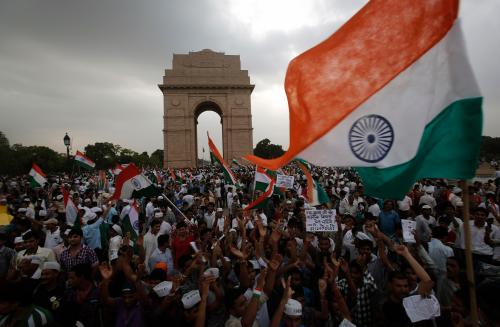
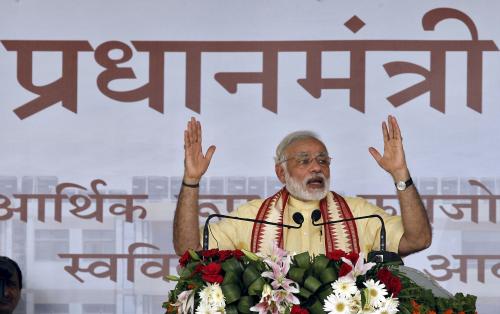
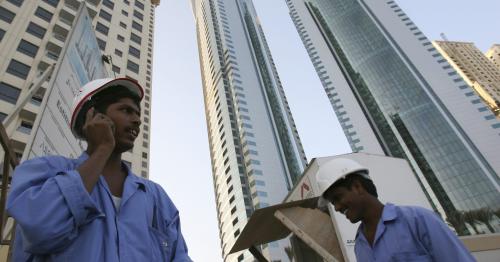
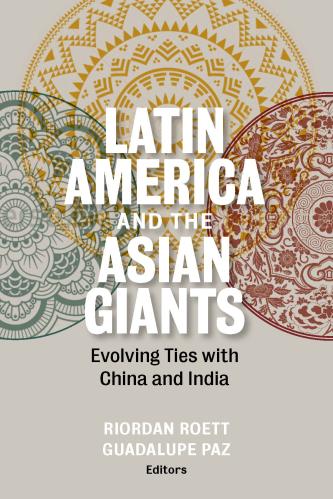
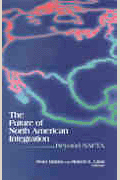
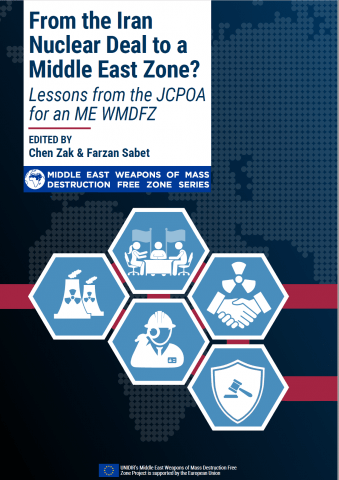

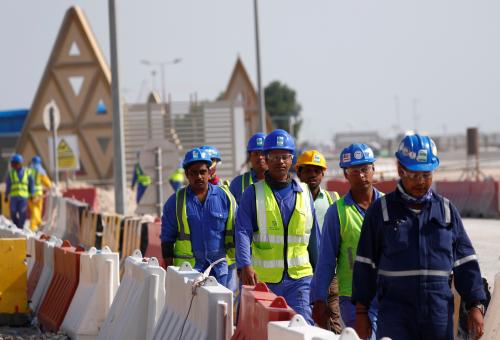
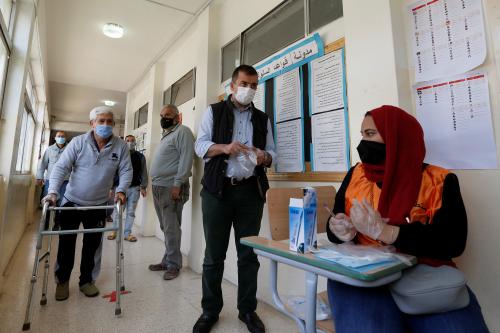

Commentary
India’s shifting role in the Middle East
April 28, 2017